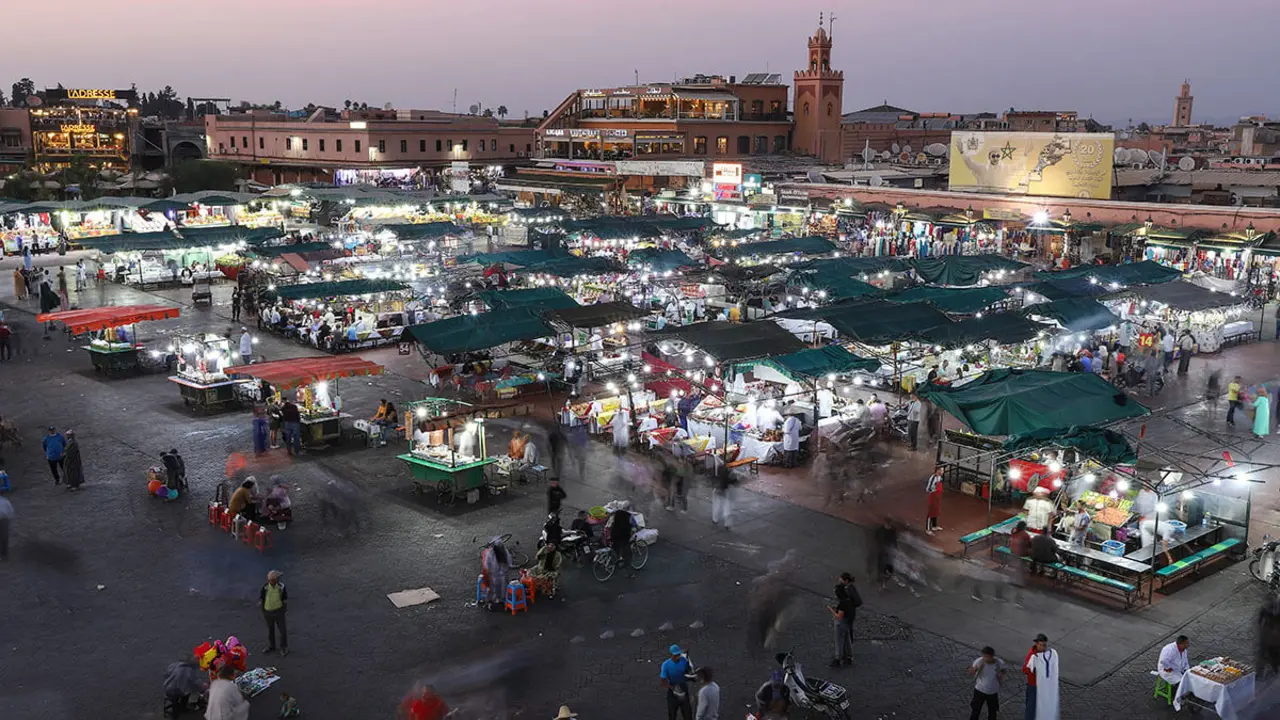Can infrastructure projects drive recovery in the face of COVID-19 in emerging markets?

Many emerging markets are turning to infrastructure projects to stimulate economic recovery from the coronavirus pandemic, with a particular focus on green and sustainable developments.
Despite the wider recession last year, which according to the IMF caused the global economy to shrink by 3.5%, the number of newly announced infrastructure projects actually increased by 5%, according to an analysis by global financial data firm Refinitiv. In total, 2,550 new projects were announced in 2020 with a combined value of $739 billion.
Of these, 56% were classified as sustainable, comprised mainly of renewable energy projects in the solar, wind, biomass and hydropower segments. This was the fourth consecutive year in which the number of sustainable projects increased, from 808 in 2016 to 1,437 in 2020.
The majority of infrastructure projects announced last year were in the power sector (63.7%), followed by transport (11.4%), leisure and property (7.9%) and oil and gas (5.6%).
While most of these projects were in Western Europe (604) and North America (419), 297 were announced in Latin America and 257 in Southeast Asia.
In terms of the latter, Vietnam connected more than 9 GW of solar power to the national system over the course of 2020, increasing the country's overall solar capacity eightfold from 2019 levels. Meanwhile, in June, the government approved another 7 GW in wind power projects.

Looking ahead, growth in the volume of infrastructure projects is expected to continue in 2021 as constraints ease and governments seek to stimulate their economies.
One example of a potential infrastructure-driven recovery is US President Joe Biden's proposed multi-billion dollar "Build Back Better" plan, which aims to repair much of the country's physical infrastructure, such as roads, bridges and airports, while investing significant amounts in new broadband internet developments and green energy projects.
From a global perspective, green developments are once again expected to be a major driver of infrastructure growth, driven by growing demand for renewable energy and government efforts to meet carbon reduction targets.
As OBG has noted, the value of green bonds defied the economic slowdown in the face of COVID-19 to reach a record $269.5 billion last year, according to the Climate Bonds Initiative, a figure that some suggest could reach $400-500 billion this year.
Global examples of major sustainability-oriented infrastructure strategies include the EU's €1 trillion European Green Deal plan, which envisages massive investment in sustainable projects to ensure the bloc is climate neutral by 2050, and China's Belt and Road Initiative, which places greater emphasis on sustainability and infrastructure in the wake of COVID-19 through its Green Silk Road plan.
Elsewhere, major investments in telecommunications infrastructure are also expected following the rapid adoption of digital services during the pandemic.
As global demand patterns change, renewed investment is needed to close the current infrastructure gap. Despite an increase in projects last year, the world has been underinvesting in infrastructure for a long time.
According to the Global Infrastructure Hub, a G20 initiative, the world faces a $400 billion gap in infrastructure investment this year, a figure that could grow cumulatively to $15 trillion by 2040 if current rates of spending continue.

Emerging markets are expected to be a key growth driver for global infrastructure investment in the coming years.
According to projections by insurance company Swiss Re, of the $66 billion in expected infrastructure spending between 2021 and 2040, some $43 billion will come from emerging markets. Much of this will be driven by emerging Asia (including China), which will account for $35 billion in infrastructure spending over the period.
The region is also expected to experience a surge in infrastructure projects in the near term.
After COVID-19 led to an 8.5 per cent contraction in the South and Southeast Asian construction market in 2020, UK data analytics firm GlobalData has projected that the sector will experience a significant rebound in 2021.
One country that sees infrastructure as an important driver of economic growth is the Philippines. While many projects under the flagship "Build, Build, Build" plan were delayed last year, the government has sought to revitalise them in 2021.
In January it was announced that a Chinese consortium would finance the $940 million Subic-Clark freight rail project, while in March the Department of Public Works and Highways said it had hired 1,000 additional engineers to accelerate a number of "Build, Build, Build" projects.








